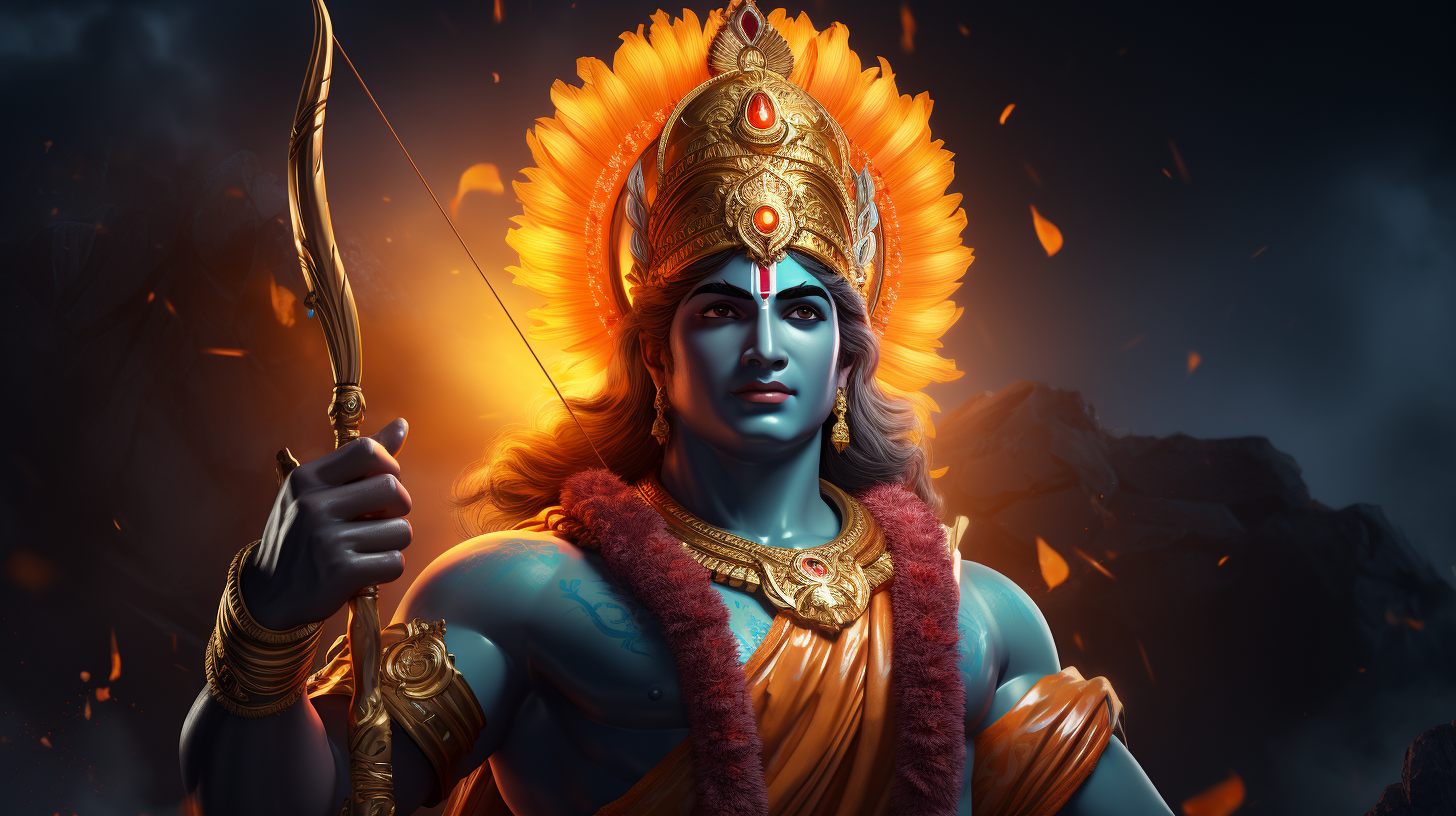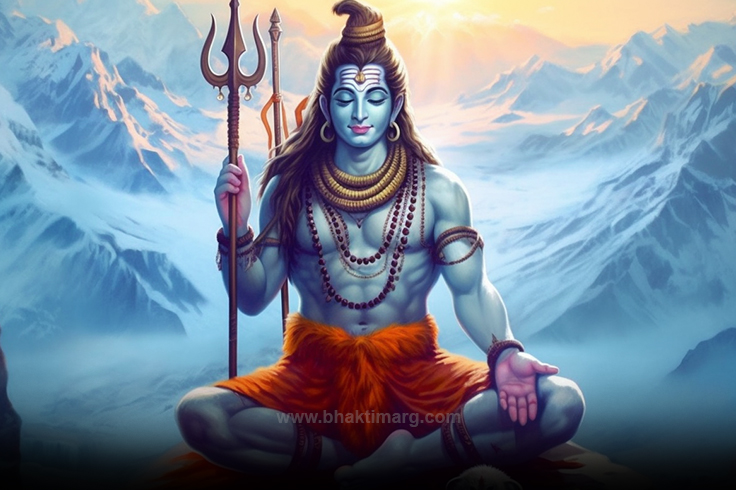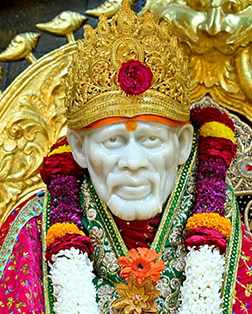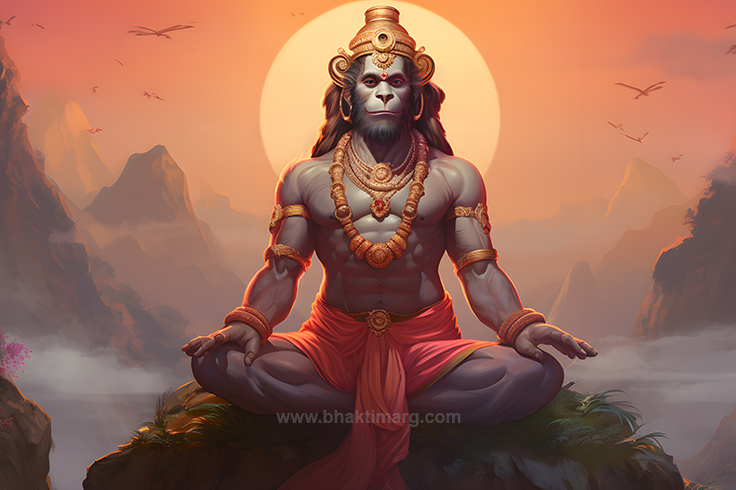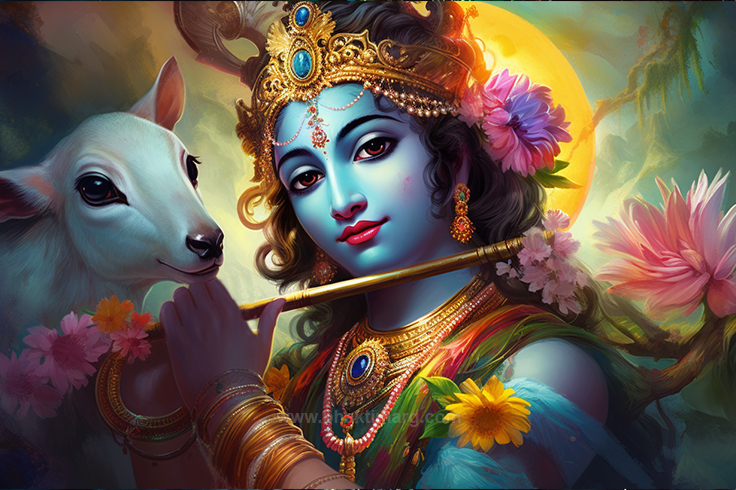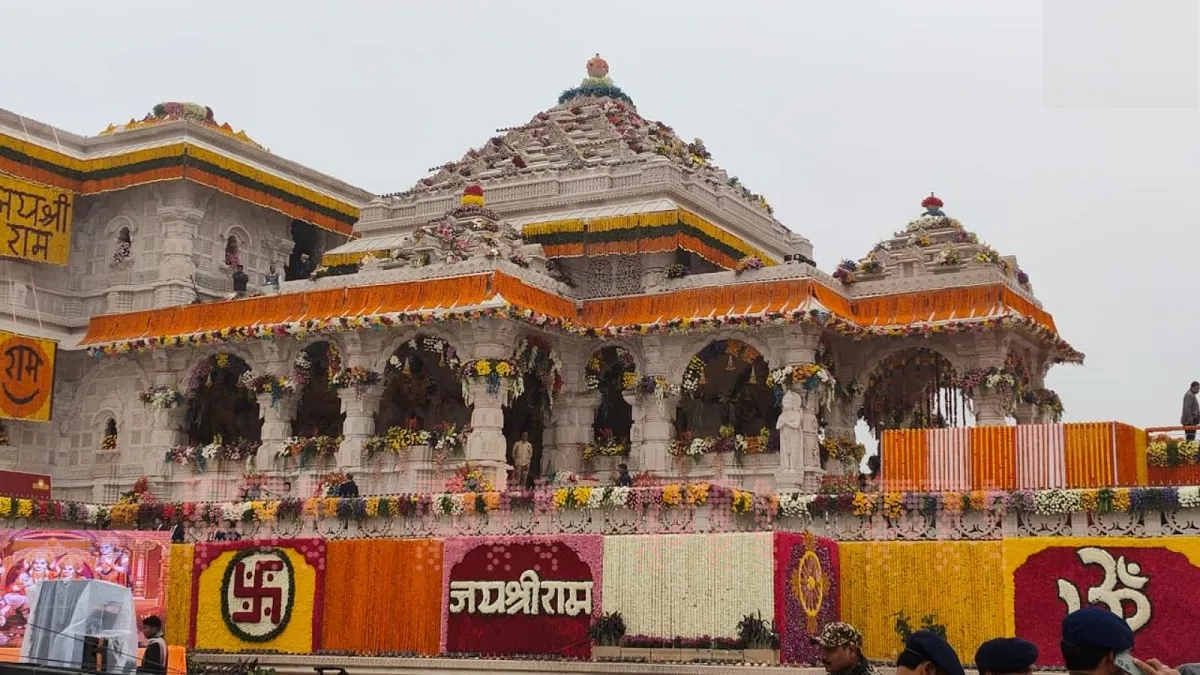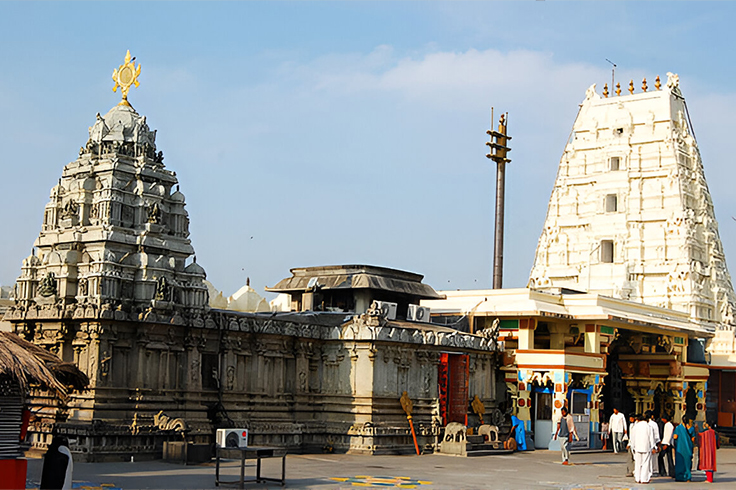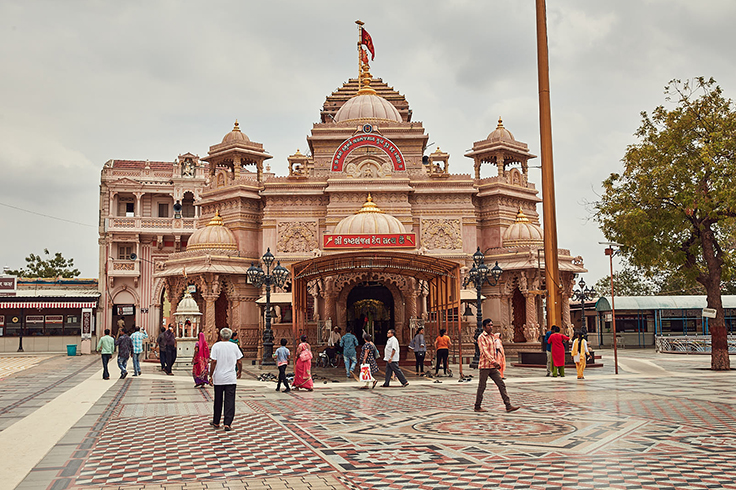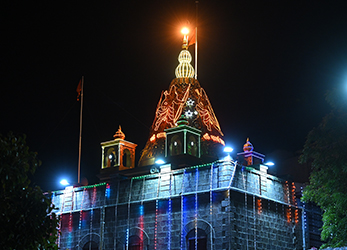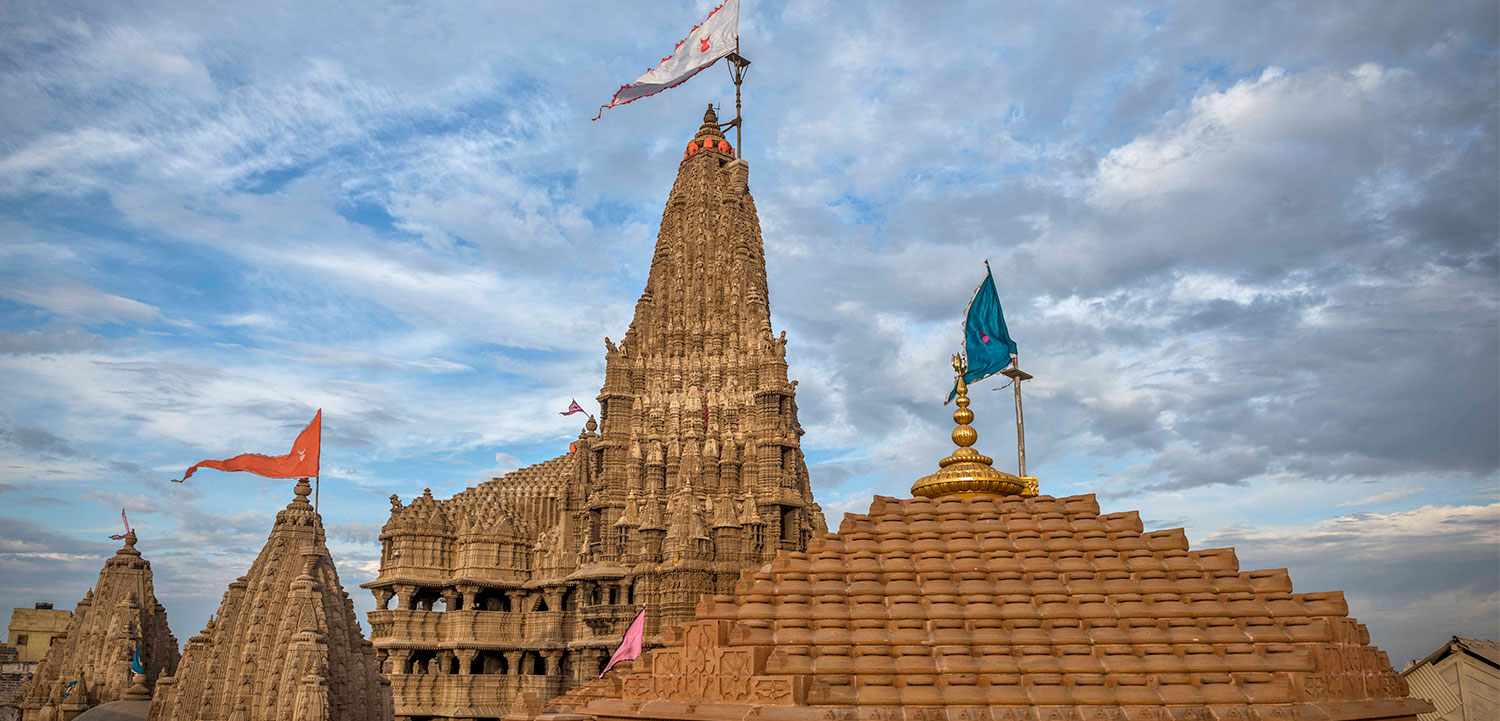
Divine Stories of Hindu Gods and Goddesses: A – Annapurna, B – Brahma Ji, C – Chandradev, D – Durga Maa
India’s spiritual heritage is rich with divine stories, symbols, and deities that represent deeper truths about life, creation, and the cosmos. Among the many deities worshipped in Hinduism, four stand out uniquely: Annapurna, Brahma Ji, Chandradev, and Durga Maa.
This article is part of a special Bhakti Ki ABCD series, inspired by our abcd alphabet song on YouTube, where we’ve beautifully connected each alphabet letter from A to Z with the names of Hindu gods and goddesses. In this blog, we focus on the first four — ABCD — just like in abcd hindi mein and bacchon ki abcd rhymes, but with a spiritual twist that’s both educational and devotional.
Watch the Bhakti Ki ABCD Song on YouTube: Click here to watch now — Enjoy a fun and devotional way to learn all the alphabets with Hindu god names, perfect for kids and families!
Let’s explore the sacred tales and significance of these divine beings, from A to D.
A – Annapurna: The Goddess Who Nourishes the World

Who is Goddess Annapurna?
Annapurna is the Hindu goddess of food, nourishment, and abundance. Her name is derived from two Sanskrit words—Anna (food) and Purna (complete or full). She is an avatar of Goddess Parvati, the consort of Lord Shiva, and is deeply revered in households and temples as the provider of sustenance.
Story of Annapurna
There’s a beautiful legend that explains her divine role.
Once, Lord Shiva playfully declared that everything in the world—including food—was an illusion, or Maya. Goddess Parvati, the embodiment of Shakti (energy), felt this was a disregard for the role of nourishment and balance in life. To teach him and the world a lesson, she disappeared.
As a result, the entire world began to suffer from a severe famine. Crops failed, rivers dried up, and people and gods alike were hungry. Realizing his mistake, Shiva sought out Parvati and asked her to return.
She reappeared in Varanasi, taking the form of Annapurna, holding a golden ladle and a pot filled with divine food. She fed Lord Shiva and all the beings of the universe, ending the famine. This event is celebrated in Varanasi at the famous Annapurna Devi Temple.
Symbolism
Annapurna is not just a goddess of physical nourishment but also of spiritual nourishment. She reminds us that food is sacred, and gratitude should accompany every meal — a message we also convey in our Bhakti Ki ABCD devotional series for kids and families.
B – Brahma Ji: The Creator of the Universe

Who is Brahma Ji?
Brahma Ji is known as the creator among the Holy Trinity (Trimurti) of Hinduism, which also includes Vishnu (the preserver) and Shiva (the destroyer). He is often depicted with four heads, each representing one of the four Vedas and the four directions.
Story of Creation
In the beginning, there was only darkness—nothing existed. From the cosmic waters (Brahman), a golden egg emerged. This egg split open, and from it came Brahma, who created the universe. He formed the heavens, earth, oceans, time, and life itself.
However, there’s a well-known tale that explains why Brahma Ji is rarely worshipped today.
Why There Are Few Temples of Brahma Ji
Legend says that Brahma and Vishnu once argued over who was superior. To settle the debate, a massive pillar of light appeared—an endless Shiva Linga. Vishnu went down to find its base, while Brahma went up to find its top.
Vishnu admitted his failure, but Brahma lied, claiming he found the top, with a Ketaki flower as witness. Lord Shiva, furious at the deceit, cursed Brahma that he would not be worshipped on Earth.
Thus, while Brahma created the universe, very few temples are dedicated to him—the most famous being in Pushkar, Rajasthan.
Symbolism
Brahma represents the creative force within all of us. He reminds us of the importance of humility, truth, and beginnings — much like the letter B in our abcd alphabet song, where Brahma Ji’s story inspires children through music and storytelling.
C – Chandradev: The Beautiful God of the Moon

Who is Chandradev?
Chandradev, or Chandra, is the Moon God in Hinduism. He is known for his radiant beauty, calm demeanor, and gentle light that guides the night. In the scriptures, he is also called Soma, especially when linked to Vedic rituals.
Story of Chandradev and His Wives
Chandradev was married to the 27 daughters of Daksha Prajapati, who represent the 27 Nakshatras (lunar constellations). However, he favored one wife—Rohini—over the others. This upset the other wives, who complained to their father, Daksha.
Enraged, Daksha cursed Chandra to gradually fade away, causing the Moon to wane. However, the other gods intervened and requested mercy. So, Daksha modified the curse—Chandra would wax and wane, creating the lunar cycle we see today.
Chandra and Lord Shiva
Chandra once also became arrogant about his beauty and powers. To humble him, Shiva placed him on his head as a crescent moon, symbolizing control over time and ego. That’s why we see the Moon in Shiva’s matted locks.
Symbolism
Chandradev represents emotion, beauty, and time. Just like the moon goes through phases, our life too has ups and downs. His presence teaches calmness, patience, and reflection — values we’ve brought alive in the letter C of our abcd hindi mein devotional track for children.
D – Durga Maa: The Fierce Mother of Protection and Power

Who is Durga Maa?
Durga Maa is one of the most powerful and widely worshipped goddesses in Hinduism. She is the embodiment of divine feminine energy, known as Shakti. She appears with multiple arms, riding a lion or tiger, and wielding various weapons gifted by the gods.
The Story of Mahishasura Mardini
Once upon a time, a demon named Mahishasura gained immense power through penance and began to terrorize the heavens and Earth. No male god could defeat him, as he had a boon that protected him from all men.
To stop him, the Tridev (Brahma, Vishnu, and Shiva) combined their energies and created Durga Maa. She emerged from their collective power, glowing like a thousand suns. Armed with celestial weapons and divine strength, Durga fought Mahishasura for nine nights and ten days.
On the tenth day, she slayed the demon, restoring peace and balance to the universe. This event is celebrated as Navratri and Vijayadashami (Dussehra).
Symbolism
Durga Maa is not just a warrior goddess. She symbolizes inner strength, protection, and the triumph of good over evil. In our bacchon ki abcd devotional video, the letter D honors Durga Maa, teaching children that bravery and goodness always win.
Final Thoughts
From the nourishing power of Annapurna to the mighty grace of Durga Maa, these divine figures guide us through life’s many layers. Whether it’s creation, emotion, balance, or strength—each deity teaches a vital spiritual lesson.
Our Bhakti Ki ABCD project — and especially our abcd alphabet song — is a humble attempt to help children and adults connect with these values through music and stories. Think of it as abcd hindi mein reimagined for devotion: each letter linked to a deity, making learning spiritual and joyful for all ages.
Enjoyed reading this? Watch the full Bhakti Ki ABCD song on YouTube: Watch Here — Experience bacchon ki abcd in a devotional way, where every alphabet from A to Z is linked to a Hindu god or goddess. It’s a joyful way for kids and adults to learn, sing, and connect with our spiritual heritage.




